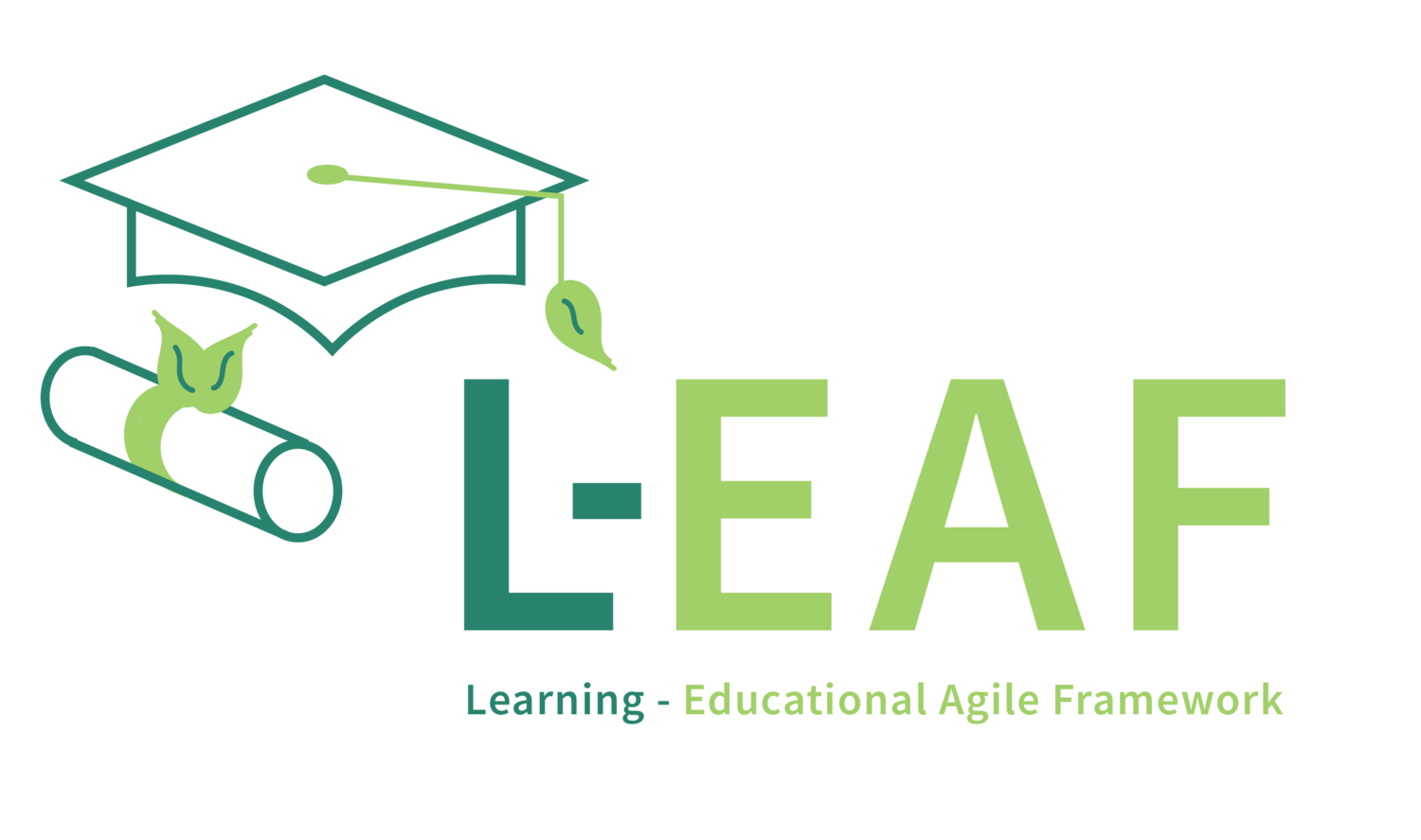A Tale of Two Frameworks for Evolving Leadership
In the world of agile transformation, frameworks act as much as scaffolding as they do guidebooks and mirrors. They reflect not just what we work on, how we work, but why we do the work. And when we compare the SAFe framework (https://framework.scaledagile.com/) used in many large enterprises with the L-EAF.org framework, Nested WorkFLOW, designed for schools and school systems, we’re not just contrasting methodologies. No, we’re exploring two distinct philosophies of leadership: one rooted in Business Value, the other in Purpose.
SAFe and the Pursuit of Business Value
SAFe (Scaled Agile Framework) is built for velocity, alignment, and measurable outcomes. In the business world, Business Value is the north star. It’s the metric that guides prioritization, investment, and iteration. Leadership behaviors in SAFe environments are best served when they emphasize:
Decentralized decision-making to accelerate delivery
Lean budgeting to align funding with strategic outcomes
PI Planning and ARTs to synchronize teams around shared objectives
Relentless improvement driven by metrics and retrospectives
SAFe leaders are expected to evolve from command-and-control managers to leaders who serve and system thinkers. They coach teams to deliver value, not just complete tasks or stay busy. They learn to trust the process, empower the people, and measure what matters when the commit to working the SAFe way.
But Business Value, while powerful, is not always personal. It’s a shared currency, not a shared calling. Even SAFe will tell you that to unlock the intrinsic motivation in knowledge workers, you MUST give them Purpose.
L-EAF and the Power of Purpose
Enter L-EAF.org, a framework created for boardrooms, but evolved and improved in classrooms. In schools and school systems, the driving force isn’t profit. It’s Purpose. And that changes everything.
L-EAF doesn’t just ask “What are we building?” It asks “WHO are we serving, WHAT is their challenge, and WHY is a solution critical?” It’s a framework that invites educators, administrators, faculty, staff, and students into a mindset of nested learning, adaptive leadership, and emotionally intelligent collaboration.
Leadership behaviors in L-EAF.org environments are shaped by:
Purpose-driven planning that centers student growth and community impact
Nested WorkFLOW and Nested LearningFLOW boards that mirror real-world complexity
Coaching through ambiguity to normalize “the discomfort of NOT knowing”and unlock resilience
Storytelling and embodied leadership to honor tradition while embracing change
L-EAF.org trained leaders and teams are not part of the system, they inspire their teams to nurture and improve the systems. They’re gardeners of potential, not just architects of performance. And they evolve by learning to distinguish lowercase truth (meaning) from uppercase TRUTH (fact), unlocking the power to choose action when the system is in breakdown.
Convergence and Contrast
Both frameworks promote evolution. Both frameworks demand courage. But where SAFe seeks alignment through value streams, L-EAF.org seeks transformation through purpose streams. SAFe leaders ask “How do we deliver faster?” L-EAF.org leaders ask “How do we deliver on our shared commitment?”
And here’s the truth: we both have their place.
We need the rigor of SAFe to scale innovation. We need the soul of L-EAF.org to sustain it. We need leaders who can navigate metrics and meaning, velocity and vulnerability, business and becoming and to be able to lead with intention; providing purpose, access to tools and learning, and team autonomy, all 3 are critical.
Whether you’re leading a tech company or a school district, the question isn’t which framework is better. The question is: are you willing to evolve?
Are you willing to treat your frameworks not as rigid systems, but as living organisms? Are you willing to coach through complexity, to lead with empathy, and to build coalitions that honor both business value and human purpose?
Because when we do, we don’t just transform organizations. We transform lives.

